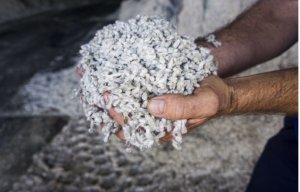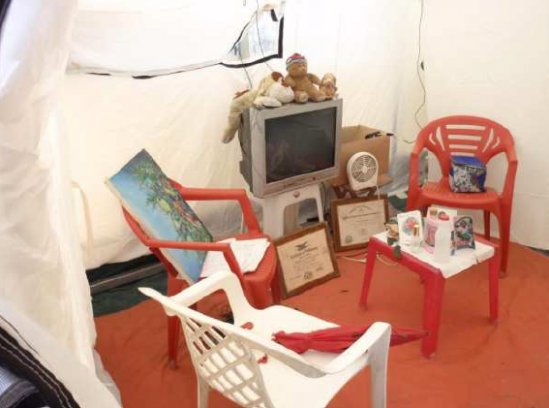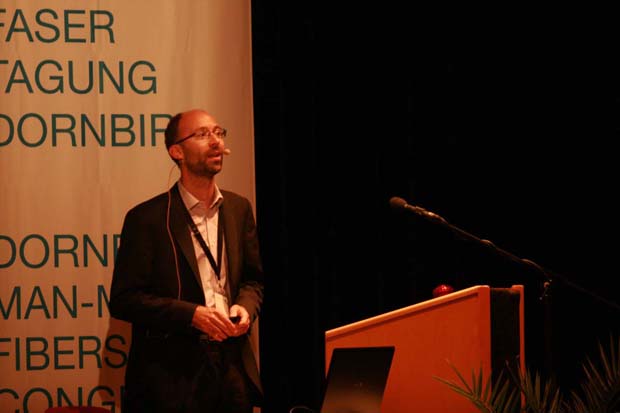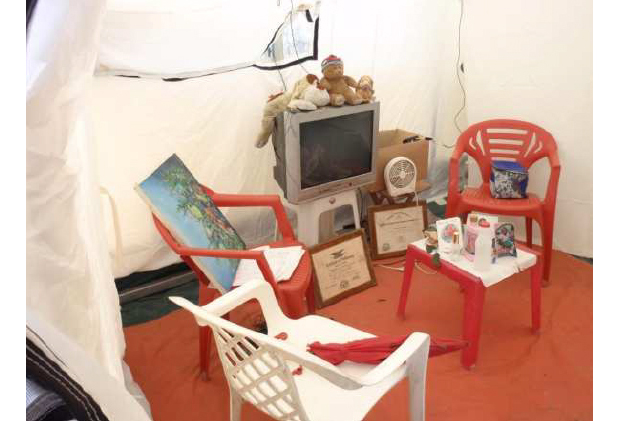
New guidelines ensure organic cotton’s integrity
Adrian Wilson reports Advancing the contribution technical textiles play in regions affected by natural disasters such as floods and earthquakes is the goal of the new €9 million European FP7 S(P)EEDKITS project.

16th October 2012
Innovation in Textiles
|
Dornbirn
Advancing the contribution technical textiles play in regions affected by natural disasters such as floods and earthquakes is the goal of the new €9 million European FP7 S(P)EEDKITS project.
This is being co-ordinated by Belgian textile research organisation Centexbel and consists of a multi-disciplinary team drawn from 15 organisations, who since March this year have been examining the potential for new emergency systems.
Textiles, of course, already provide emergency clothing as well as shelter in the form of tents and emergency cover, with items already supplied including sleeping mats, insecticide nets, family tents, thermal fleece blankets, sanitary cloths, tarpaulins in sheets or rolls and semi-collapsible jerry cans. The effectiveness of all of these products, and whether they can be improved upon by adding new functionality, is being studied as part of the S(P)EEDKITS project.

But speaking at the 2012 Dornbirn Manmade Conference (September 19-21) in Austria, Dr Guy Buyle of Centexbel said that while there was a need to rapidly deploy such materials to a disaster site, what could be done with them once the relief organisations moved out should also be considered.
“The relief agencies have discovered that what are intended to be temporary shelters, for example, can become semi-permanent, hence the need for what’s delivered to be thought of as ‘seed kits’ to enable victims to help themselves in recovering,” he said. “What people need in such positions is clothing and blankets and next a roof over their heads. Then the requirement is for bedding, and then it’s possible to think of, for example, wind proofing, storage and fuel, and insulation for the floor and roof.”
The requirements for such kits are multiple – for optimal deployment they need to be easy to transport, and so light weight and compact, as well as modular and adaptable. And while being potentially high-tech in conception, they should be low-tech in use and require minimum maintenance.

“The need for these kits is evident,” said Buyle. “All too regularly, major disasters make countless people homeless without medical care, sufficient clean water, decent sanitation or energy supply. In such an emergency situation, humanitarian organisations like the Red Cross or Médecins Sans Frontières – both project partners – send out emergency response units with rapid deployment kits. S(P)EEDKITS aims to propose novel solutions for such kits using the latest textile technology.”
Textile inflatables as structures, he added, have inherent advantages, being lightweight, easy to transport, durable and practical in use.
“But they tend not to be used because of the price. Textile structures in general make perfect sense as semi-permanent structures, since with steel frames the textile elements can be added as needed and they can often be simply pulled upright without the need for ladders or a crane.”

Business intelligence for the fibre, textiles and apparel industries: technologies, innovations, markets, investments, trade policy, sourcing, strategy...
Find out more